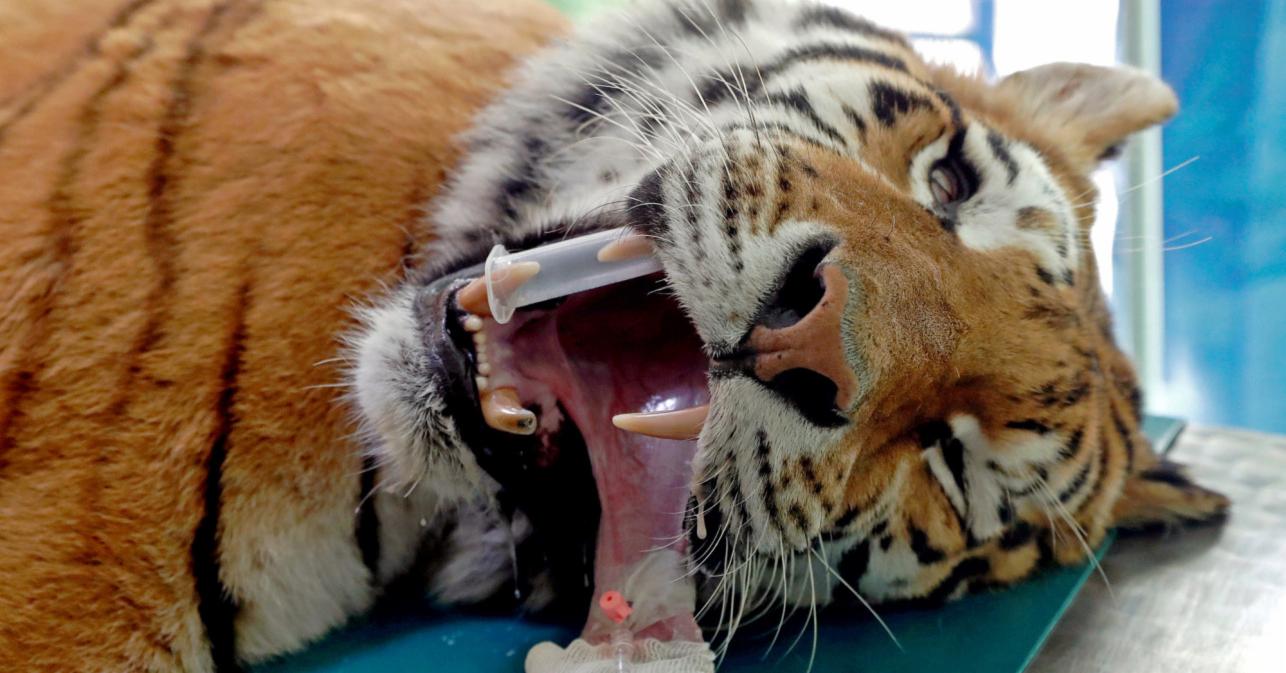The tiger population has dramatically declined from 100,000 specimens in the early 1900s to fewer than 4,000 today, with precisely 3,890 individuals remaining in temperate and tropical regions worldwide.
Lipogems Technology in Veterinary Medicine
Lipogems, an innovative technology patented by Prof. Tremolada, harnesses the natural regenerative capabilities of adipose tissue. This procedure serves as either an alternative or complementary approach to surgical intervention, supporting tissue repair in both human and veterinary medicine.
The treatment protocol, identical to human applications, involves autologous fat tissue harvesting through mini-liposuction, minimal tissue processing in a closed system, and injection into the target area. Both lipoaspiration and treatment occur in a single surgical procedure under aseptic conditions.
Pioneering Cases: Tigers Treated with Lipogems
Two significant cases have demonstrated Lipogems' effectiveness in exotic animal care. The first occurred in November 2016 when Dr. Zeira treated a Bengal tiger's cartilage issues at San Michele Veterinary Hospital. The second case in April 2018 gained international media attention, featured in Reuters, Washington Post, and New York Post, reaching audiences from Australia to Asia.
Igor: The Siberian Tiger Case Study
Igor, a 13-year-old Siberian tiger at Hungary's Szeged Zoo, received stem cell treatment for chronic hip joint pain. The procedure utilized Lipogems technology to harvest and process adipose tissue rich in mesenchymal stem cells.
"The essence of stem cell treatment is that we can improve the quality of life for patients who cannot be helped by conventional operations or medical treatments," stated Robert Gippert, the veterinary surgeon who performed Igor's procedure.
"Similar to human applications, Igor's worn joint will heal through the regenerative and self-repairing effects of stem cells, without requiring external materials," he added.
